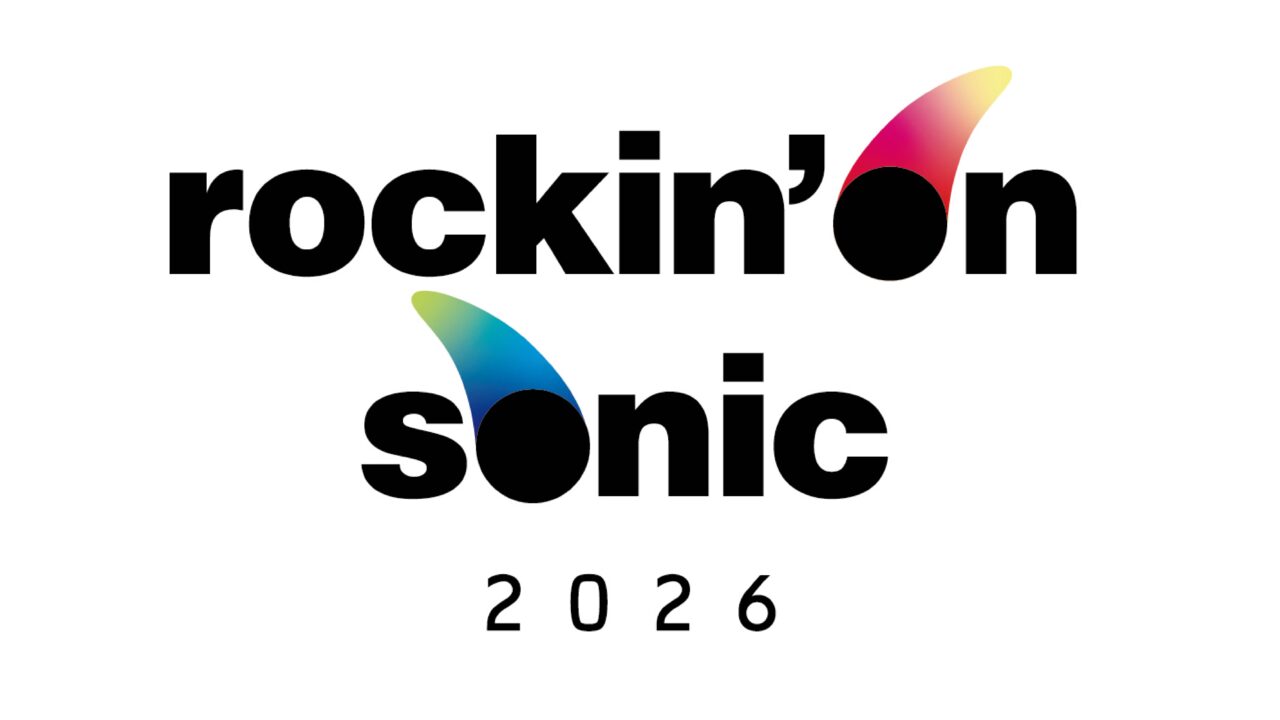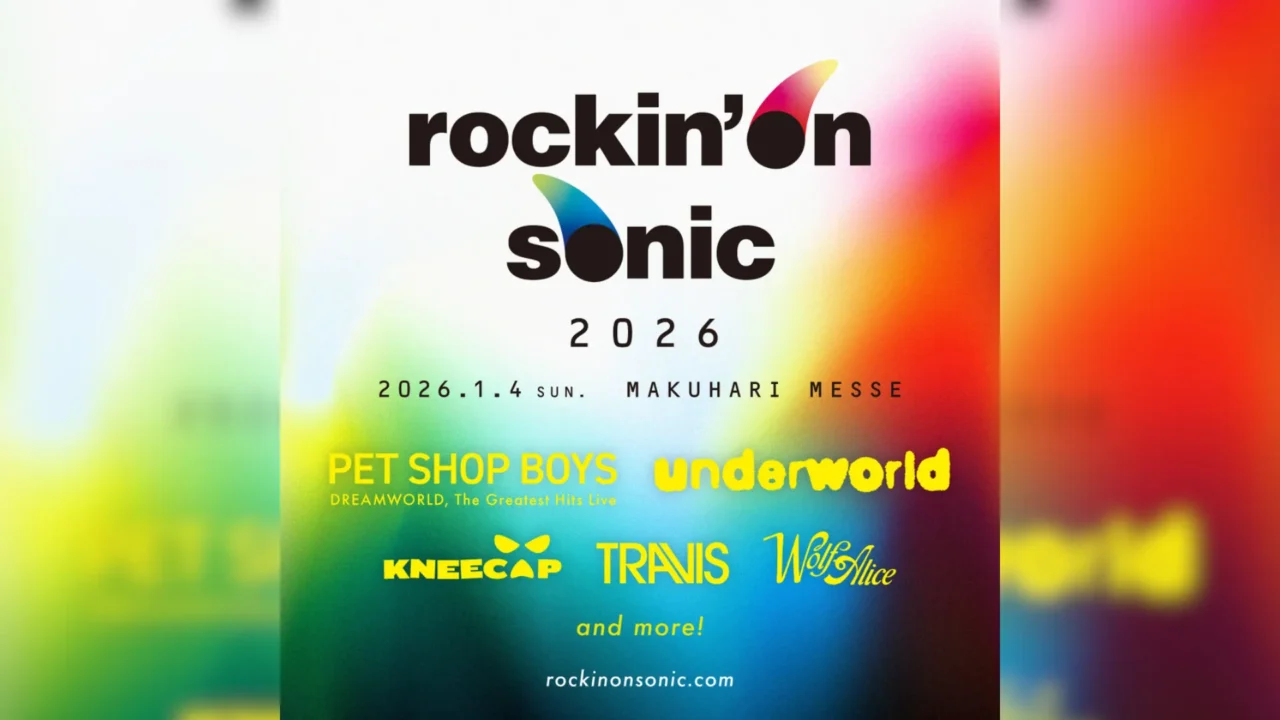The National Art Center Tokyo is currently showcasing an expansive retrospective of Keiichi Tanaami titled “Keiichi Tanaami: Adventures in Memory.”
Initially, you might not immediately recognize the name or the associated works. However, a glance at a flyer or the official website might trigger a sense of familiarity. Keiichi Tanaami stands as a prominent figure in Japan’s post-war art scene, beginning his career shortly after Taro Okamoto and around the same time as Tadanori Yokoo. At 88 years old in 2024, he continues to be a vibrant force, merging design and art.
This is the first major retrospective of his over six decades of work. With more than 500 pieces on display, the exhibition is organized into 11 sections. Even with over 90 minutes allotted for a preview, it was impossible to view everything. Tanaami’s comment in the catalog was particularly striking:
“Is this all there is to my life?”
Despite the extensive collection of work, he still questions the essence of his journey. What exactly defines Keiichi Tanaami? While it’s challenging to cover every emotional aspect of the exhibition, I’ll highlight the key moments as authentically as possible. Though this may be a detailed account, I hope you’ll find it engaging.
INDEX

Cross the Bridge into the Realm of Tanaami
Welcoming visitors at the entrance is a new installation titled “Hyakkyōzu” (“One Hundred Bridges”). The installation features layers of parabolic arches reminiscent of Gaudí, with peculiar creatures walking along and koi climbing a waterfall with splashing water, all depicted through projection mapping. A playful detail to note is a blonde, seductive beauty subtly riding one of the koi (see the bottom right of the photo).

Don’t miss the artist’s explanatory comments written on the nearby panels, in addition to the artwork itself. These comments, which are like essays, offer detailed insights into the motif of the “bridge” connecting this side and the other, the sacred and the profane, life and death. They provide important hints for interpreting the rest of the exhibition.
INDEX
Design World’s Pop Icon
In the 1960s, amidst Japan’s rapid economic growth, Tanaami began his career as a designer. The early part of the exhibition features works from the 1960s and 1970s. His creations span multiple fields, including posters, screenprints, oil paintings with collage, and animation. The array of posters displayed across the walls is truly impressive.

Among the vibrant colors, the black-and-white “Portrait of Keiichi Tanaami” stands out. These are original illustrations from an early artist book that Tanaami self-published as a sort of calling card. The stylish composition, reminiscent of Félix Vallotton’s prints, highlights the painter’s mastery of structure and line work.
Editor’s Note: Félix Vallotton was an artist active in Paris from the late 19th to early 20th century, known for his monochrome prints. The Mitsubishi Ichigokan Museum in Marunouchi, Tokyo, holds a substantial collection of his works.

The technique of using ties as a “second canvas,” which appears throughout Tanaami’s early works, is particularly intriguing. The ties, stretched out like an image within an image, serve as “windows” bringing in other visuals. It’s fascinating to think that, at the time, a man’s tie might indeed have been a place for self-expression.
The exhibition also features actual copies of popular magazines that Tanaami art-directed, such as PLAYBOY and Young Music. On closer inspection, these too incorporate tie designs.


























